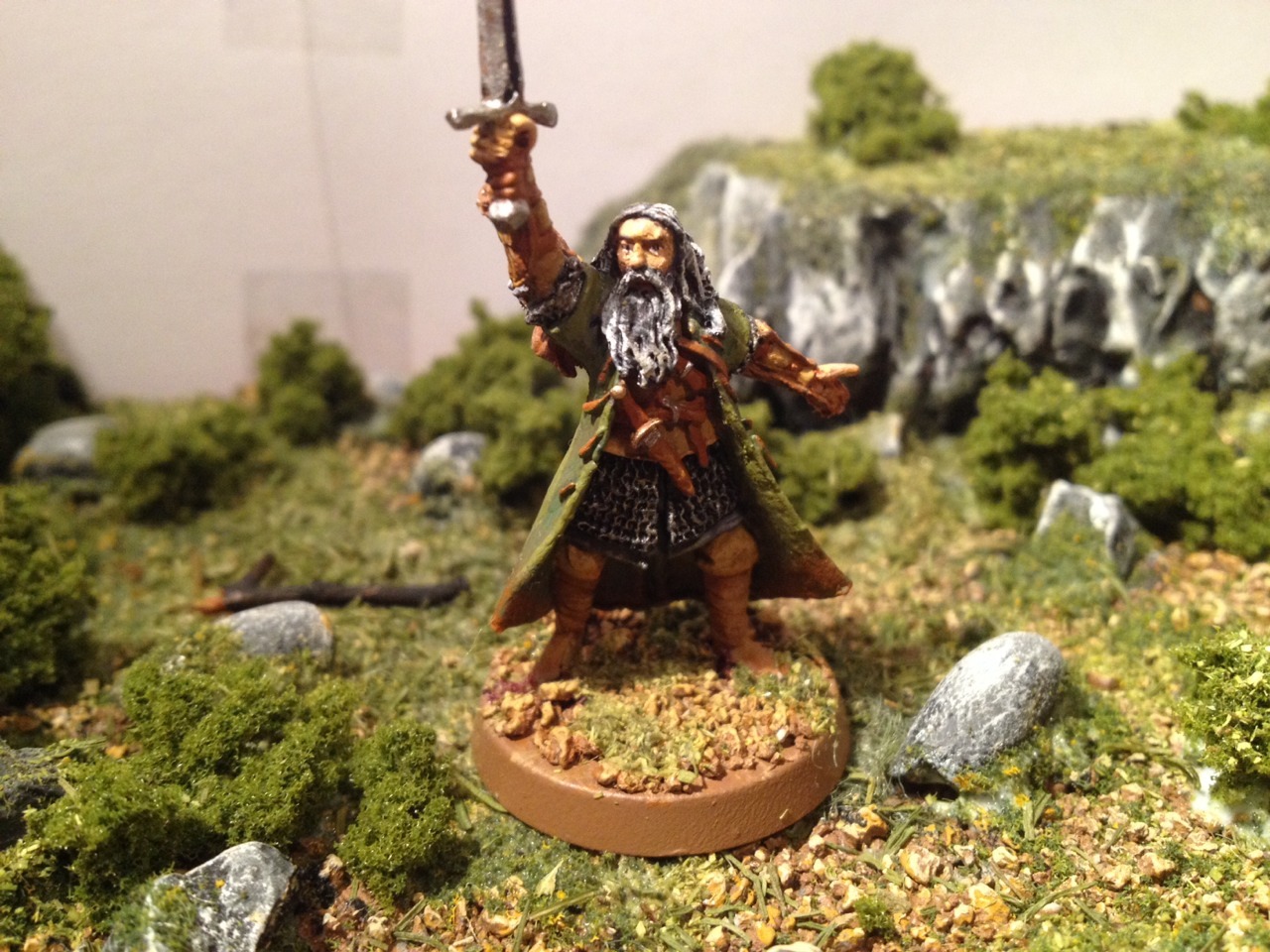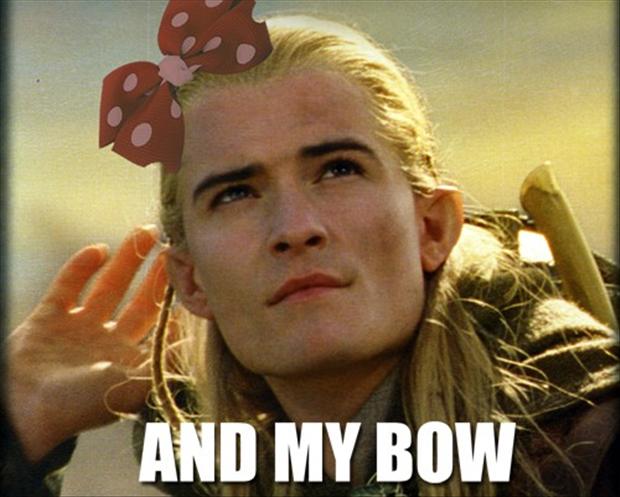Wet blending is better than drybrushing because it is mixing two paints together - drybrushing is one over top of the other.
They are actually quite different ideas and have different goals.
The goal with wet blends is to blend colours so you have a smooth transition from one to the other (eg cloaks), its basically a way of doing highlighting/shading and gets very clean and smooth results so its great for large areas like banners and cloaks but is a bit harder to do on small areas like a face.
Drybrushing is just putting a layer on top and can only be used when you want it on the tips or peaks. It is more often used when you want contrast and not a blend. It looks quite chalky or spotty after you have been over a particular area a few times as the paint is mostly dry (hence DRYbrushing) when you apply it.
So obviously wet blending is just blending when wet, normally using a retardent/retarder (slows drying) so you have more time to get the blend happening. This I think is quite a good video.
http://www.youtube.com/watch?v=VvQti_Igz5sThe basic steps are:
1. Apply the 2 colours (darker/lighter) in their relevant places.
2. Usually have a small amount of the lighter paint on the brush then start to mix the two just by going up & down.
3. Wash the brush and continue blending the two (up/down) without anything on the brush. Do this step once you have have got a good in-between colour as a result of the mixing. It might take 2 attempts at step 2 before you can step 3 for mixing things like white to black.
Layering/highlighting can achieve quite a similar result in a bit of an easier fashion and is a bit easier to do both time and space-for-the-blend-wise, so that is why layering is a bit more common. You can also end up with quite a lot of paint on the model by blending as you have to keep working with it or strip it and start again.
Edit: I find that GW paints are quite dry to begin with, so it would be harder to use them. The "layer" paints might give you more time than the others - I'm not sure. Vallejo gives great results and hs its own retarder. Reaper I believe was designed with wet-blending entirely in mind so would probably give you slightly better results, but I would try it out before buying a bunch of reaper paints.
 Top
Top Top
Top Top
Top



